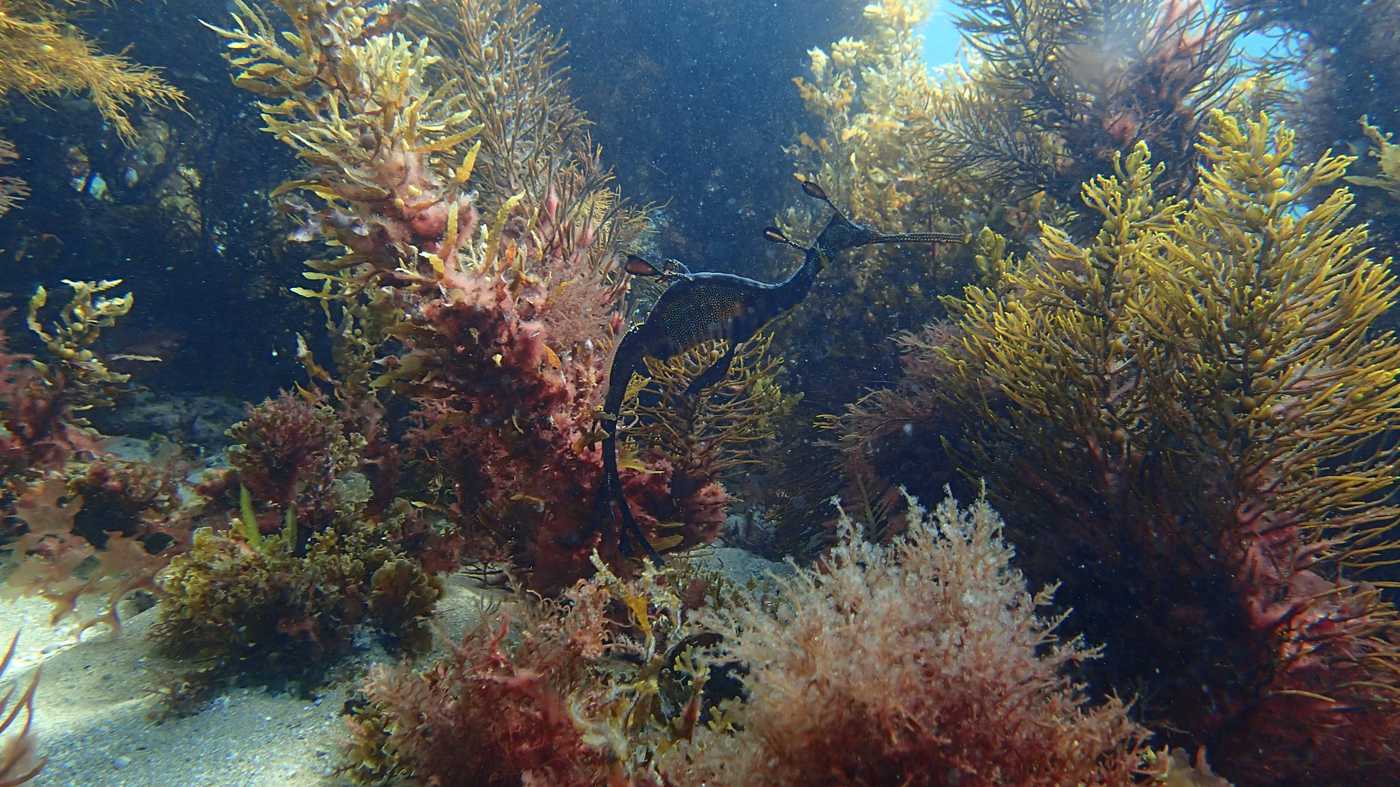When people think of Australia, they start picturing iconic animals such as koalas and kangaroos, and vast, untouched landscapes. As a European, I could not have been more excited when I had the opportunity to study and live here, and could not wait for the wild experiences Down Under had to offer. For me, it was a naturalist’s dream come true. One of the reasons I am so fascinated by Australia is that it is a country with one of the highest rates of endemism – that is, species found nowhere else in the world.
The early isolation of the Australian continent from the rest of the world is one of the main factors that contributed to the evolution of such unique creatures. Think about it – Australia’s iconic kangaroo is the largest animal in the world that relies on hopping, and uses its legs and tail in a unique fashion. The beauty and brilliant colours of some Australian animals, such as the Southern Cassowary, could fool you, but be warned: it is one of the most dangerous birds in the world, with its dagger-like claws and mighty kicks. Nowhere else would you find a mammal that lays eggs, has poisonous spurs, fur, and bill and feet shaped like those of a duck. As elusive as platypuses are, they are also sighted close to big Australian cities.

Here is another feature quite unique to Australia. When I first settled into my new house in the suburbs of Melbourne, in the middle of winter, I was thrilled to see parrots in my backyard. How lucky was I, I thought, to be able to observe these beautiful creatures going about their days from the comfort of my own home. I certainly had not expected to get so up close and personal with wildlife in proximity to such a big city. Later on, I took a course to become a wildlife rescuer and still thought I would have to be willing to travel if I was to help my rescue organisation in a significant way. I soon realised that if I wanted to, I could go and rescue a number of native mammals and birds, several times a day if I wanted to, in my suburb and the surrounding ones.
There are also not a lot of urbanised environments in the world that are able to support diverse underwater life; yet, as a keen diver, I was fascinated by the amount and diversity of unique animals and plants I could observe in proximity of big cities. Spotting well-camouflaged Weedy Seadragons amongst seaweed in Sydney Harbour, witnessing the march of the spider crabs in Melbourne’s own backyard, Port Phillip Bay, and being surrounded by an amazing diversity of pelagic fishes in the Seaway on the Gold Coast are among my best diving memories.

Scientists argue that Australian cities play an important role for native wildlife, and should be a focus of further research, as about a third of threatened animal and plant species live in urban environments and all Australian cities support such species. This is the case, for example, in Perth, where pine plantations sustain populations of magnificent Carnaby’s Black Cockatoos. Sydney is also home to the Nielsen Park She-oak, a shrub species only found in the metropolis, and keen observers can find the rare and unusual-looking Fringed Spider-orchid in a rapidly growing part of Melbourne.
In Europe, by contrast, where landscapes have been modified and fragmented over much wider areas and for longer periods of time, wildlife has become harder to observe. Even in green spaces close to urban and suburban areas, one would be lucky to see native wildlife, which seems now mostly limited to sanctuaries and specific parks in limited parts of the continent. While having wildlife so close to cities might come with issues and inconveniences, it is something that the Australian people should embrace, as the situation is pretty unique in the world.

There is a growing body of science focusing on urban ecology that aims to reconcile human infrastructure and populations with our native plants and animals. The connection between wellbeing and nature is unequivocal, and whether you realise it or not, your brain and body function better with it. This is all well and good, but unfortunately Australia has also suffered the highest loss of species, as illustrated by the extinction rate for land mammals: a worrying 30 species have been added to the list since European settlement. Birds, frogs and plants are other groups experiencing extinctions or severe declines. Clearly, there is trouble in paradise – so my advice to you is to embrace your wild side, appreciate nature in your own backyard, and help us protect it.


Leave a Reply